To Find Least Common Multiple by using Prime Factorization Method
This topic would discuss about how to find the least common multiple by using prime factorization method.
Steps to find out the least common multiple by using prime factorization method:
Step I: First find all the prime factors of the given number
Step II: Then write all the prime factors in exponential form
Step III: Then find the product of highest power of all the prime factors.
Here are few examples to illustrate least common multiple by using prime factorization method:
1. Find the least common factor of 256 and 224 by using prime factorization method.
The factors of 256 = 2 × 2 × 2 × 2 × 2 × 2 × 2 × 2 = 28
The factors of 224 = 2 × 2 × 2 × 2 × 2 × 7 = 25 × 7
The highest power of 2 is 28
The highest power of 7 is 7
The least common multiple of 256 and 224 = 28 × 5 = 2 × 2 × 2 × 2 × 2 × 2 × 2 × 2 × 7 = 1792
2. Find the least common factor of 105 and 110 by using prime factorization method
The factors of 105 = 5 × 3 × 7
The factors of 110 = 2 × 5 × 11
The highest power of 2 is 2
The highest power of 3 is 3
The highest power of 5 is 5
The highest power of 7 is 7
The highest power of 11 is 11
The least common multiple of 105 and 110 = 2 × 3 × 5 × 7 ×11 = 2310
Note:
Here we can see that there are no common factors hence all the factors of both the number are required to be multiplied to find the L.C.M
3. Find the least common factor of 48 and 60 by using prime factorization method
The factors of 48 = 2 × 2 × 2 × 2 × 3 = 24 × 3
The factors of 60 = 2 × 2 × 3 × 5 = 22 × 3 × 5
The highest power of 2 is 24
The highest power of 3 is 3
The highest power of 5 is 5
The least common multiple of 48 and 60 = 24 × 5 × 3 = 2 × 2 × 2 × 2 × 3 × 5 = 240
4. Find the least common factor of 21 and 42 by using prime factorization method.
The factors of 21 = 3 × 7
The factors of 42 = 2 × 3 × 7
The highest power of 2 is 2
The highest power of 3 is 3
The highest power of 7 is 7
The least common multiple of 21 and 42 = 2 × 3 × 7 = 42
5. Find the least common factor of 44 and 88 by using prime factorization method.
The factors of 44 are: 2 × 2 × 11 = 22 × 11
The factors of 88 are: 2 × 2 × 2 × 11 = 23 × 11
The highest power of 2 is 23 × 11
The highest power of 11 is 11
The least common multiple of 44 and 88 is 2 × 2 × 2 × 11 = 23 × 11 = 88.
From To Find Least Common Multiple by using Prime Factorization Method to HOME PAGE
Recent Articles
-
Explain about Growth in Plants |Definition of Growth & Differentiation
Feb 27, 25 02:07 PM
Growth is a permanent increase in length or volume of an organism that brought upon by an increase in its dimensions due to synthesis of new protoplasmic material. -
Definition of Respiratory Quotient | calculation | Application | Plant
Dec 02, 24 12:09 AM
Definition of respiration quotient- the ratio of the carbon-dioxide evolved to that of the oxygen consumed by a cell, tissue, plants or animals in a given time is called respiratory quotient. It is us… -
Amphibolic Pathway | Definition | Examples | Pentose Phosphate Pathway
Jun 06, 24 10:40 AM
Definition of amphibolic pathway- Amphibolic pathway is a biochemical pathway where anabolism and catabolism are both combined together. Examples of amphibolic pathway- there are different biochemical… -
Respiratory Balance Sheet | TCA Cycle | ATP Consumption Process
Feb 18, 24 01:56 PM
The major component that produced during the photosynthesis is Glucose which is further metabolised by the different metabolic pathways like glycolysis, Krebs cycle, TCA cycle and produces energy whic… -
Electron Transport System and Oxidative Phosphorylation | ETC |Diagram
Feb 04, 24 01:57 PM
It is also called ETC. Electron transfer means the process where one electron relocates from one atom to the other atom. Definition of electron transport chain - The biological process where a chains…
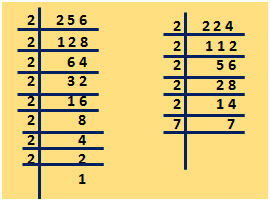
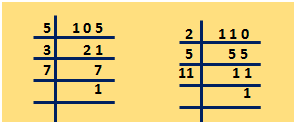
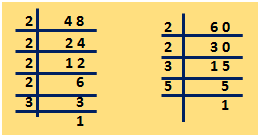
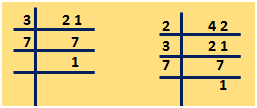
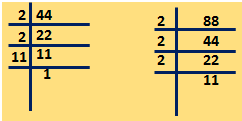

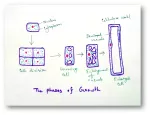



New! Comments
Have your say about what you just read! Leave me a comment in the box below.